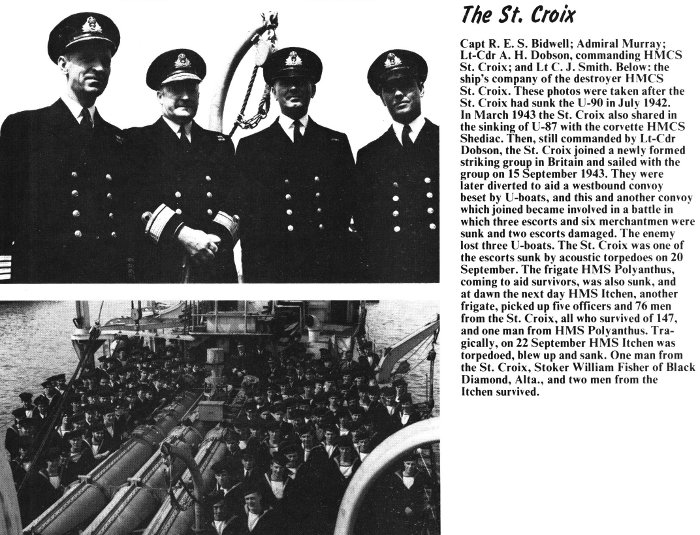Topic: RCN
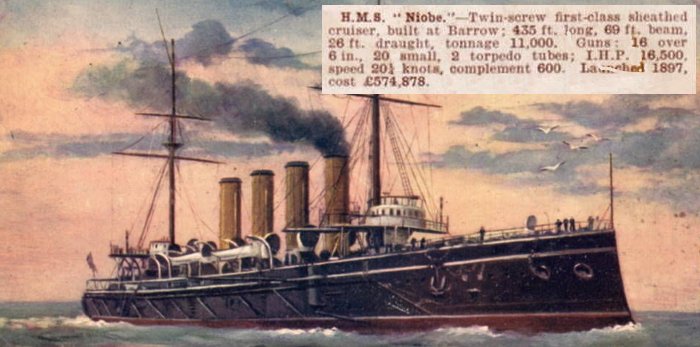
The original HMCS Niobe (Canadian service 1910-1920), after which the Second World War shore station of the Royal Canadian Navy at Greenock, Scotland, was named.
Parcels from Home Bring Unlimited Joy to Men of Canada's Navy
They Get Plenty to Eat, But It's Monotonous Fare When There's No Special Treat
The Evening Citizen, Ottawa, Ontario; 1 August 1942
By: Lieut. E.H. Bartlett, R.C.N.V.R.
HMCS NIOBE
HMCS Niobe was a RCN shore establishment at Greenock, Inverclyde, Scotland. It operated between 1941 and 1946 as was the headquarters of the RCN in Britain. Niobe fulfilled a wide range of functions, including the provision of a hospital for wounded Canadian Servicemen, and a transit camp for RCN crewmen between postings in the UK. It also maintained listing of ship's crew and next of kin for all RCN personnel based in the UK. The base was was named after the first warship transferred from the RN to the RCN. (Source)
The parcels from home had arrived, and there was jubilation at Canada's naval base, "H.M.C.S. Niobe" in the United Kingdom.
The parcels, in the main, contained food and cigarets with, occasionally, articles of clothing. It was the food and cigarets which brought most joy.
Lest there be any chance of a misunderstanding, there is no shortage of food at this naval base, even as there is no shortage throughout Great Britain. There is a certain monotony and some restriction in the day-to-day menus, which luxuries from Canada relieves.
The parcels arrived on a day which had produced an unattractive series of meals. Breakfast had consisted of cereal and baked beans and bacon, with bread and butter and tea, Dinner (at mid-day) had been vegetable soup, haddock, peas and potatoes and tapioca pudding; tea; the inevitable bread, butter and jam, and tea; and supper had produced corned-beef hash, bread and jam.
The "treats" arrived at a most opportune time.
"Bread and Spread"
There's a good rule which the men overseas have paid down for their friends at home as guidance to what is best to send. "Anything which can be spread on bread," for in Great Britain there is no shortage of bread and "bread and spread" makes a good meal. The "spreads" run from meat pastes to jams, honey to peanut butter as well as tins of real butter.
But, to return to the parcels from home.
Tins of fruit made their appearance at most of the messes when the parcels were opened. There's a system to the issue of these "extra rations," a co-operative system whereby the majority of the food is shared at mess, and the donor of a tin of peaches one day is the sharer of a tin of pineapple the next.
It's a system bred of good fellowship; a naval trait.
For between meal snacks, chocolate bars are always welcome, especially the sugar-laden, delightfully sweet bars which Canada produces. Chocolate bars in the Old Country, at twopence halfpenny each are not really satisfying to the sweet-tooths of Canadians, As for chewing gum, a country which regarded its advent in the last war with rather horrified eyes is certainly not going to produce it in quantity in wartime, so the chewing gum in the parcels from Canada is treasured.
Parcel for Birthday
Highlight of "parcel day" was a party given by one officer in his cabin. It was a brother officer's birthday and the host's parcel from home had included two cans of corn on the cob. The menu was simple. Corn, with creamery butter from Ontario, bread and potted meat, and coffee made from the combined coffee-milk-sugar syrup which has come into its own again in this war.
The luxuries which the folks back home send over well repay the trouble of their sending.
But, it must be repeated, Canada's naval men overseas live well on their rations. They get their roast beef and their bacon, their steak and kidney pies and roast pork, and all the other meats to which they are accustomed. There is no shortage of vegetables and certainly none of bread. Apple pie is no stranger, and milk puddings are frequent. Tea and cocoa seem unlimited, although it is better not to talk about the coffee which sometimes appears. Four meals a day are still in order, with cocoa on tap for the men on night duty.
And, of course, there are "snacks" ashore.
The Canadian seamen early in their sojourn overseas discovered the best restaurants to fit their appetites and their pockets. A typical snack in one of these restaurants costs one and threepence (less that 30 cents) and includes a choice of fish, pork pie, sausage or scrambled eggs (made from powder) each with chipped potatoes, with cakes and tea or coffee. A good meal at a reasonable price.
Chicken Comes High
For high days and holidays, or for a celebration, it is still comparatively easy to get a chicken dinner … but not for one and threepence.
Cigarets are costly, hence the delight with which the cartons of cigarets from home are received. To buy them ashore takes a shilling for a small package of ten, and a seaman's pay does not really permit a great deal of smoking at that price. Especially when he is allotting part of this pay for the purchase of War Savings Certificates. Soft drinks, because of the sugar rationing, are almost unavailable. Beer, for those who want it, is costly … one and fourpence (about 30 cents) for a pint of draught ale the taste of which is not appreciated by the Canadian palate. Cinema shows cost the same as a pint of beer, and are more frequently patronized than are the public houses.
There is no need, however, for Canadian seamen to spend a great deal on entertainment. They have been taken, wholeheartedly, into the families of the center in which their base is situated. The entertainment may not be riotous, but there is much to be said for a quiet evening spent in an Old Country home, before a cheery fire with a cup of tea and some home-baking (the hospitable islanders insist on sharing their rations) for refreshments. And, in addition, the sewing on of buttons and the mending of socks for these boys from across the ocean.
Naval Men Popular
And, of course, if the family has a daughter, well, how much better can a seaman show his appreciation than by taking her to a show of a dance occasionally!
There is no doubt that Canada's naval men are popular. "The finest bunch of laddies we have ver had here," a city magistrate told the writer.
"Eh, but they're grand," said a bus conductress, "and it's a fair treat to see their politeness."
The feeling of goodwill is reciprocated.
"Since we've been here we haven't run into anyone who hasn't wanted to do everything for us," declared one of the lads whose tour of duty overseas has not been short. "They are a people worth fighting beside.



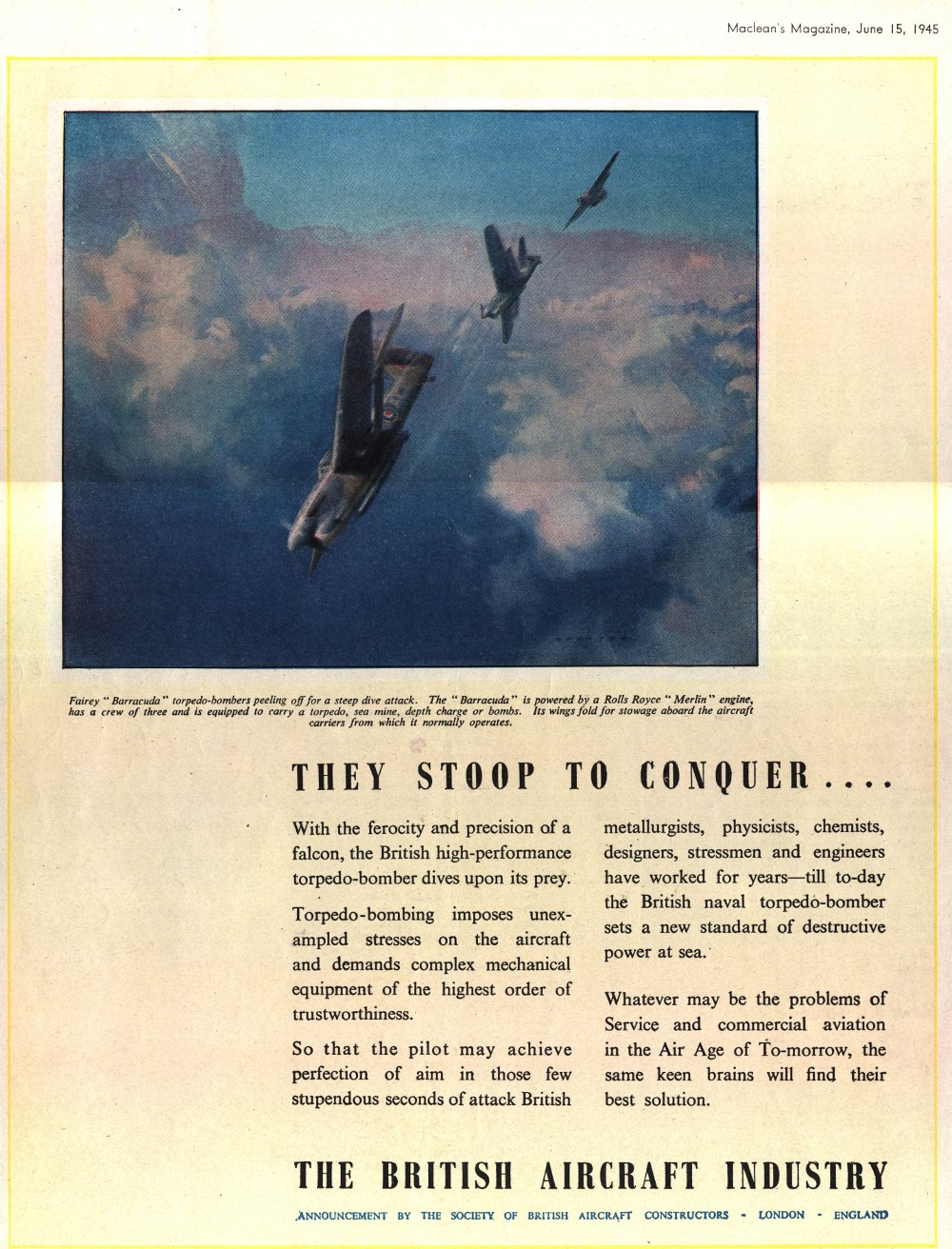

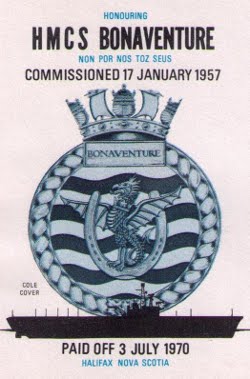
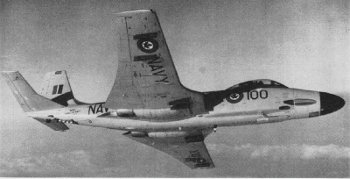 The aircraft, with which the Bonaventure is equipped, are the Canadian-produced
The aircraft, with which the Bonaventure is equipped, are the Canadian-produced 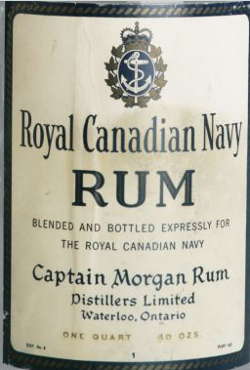
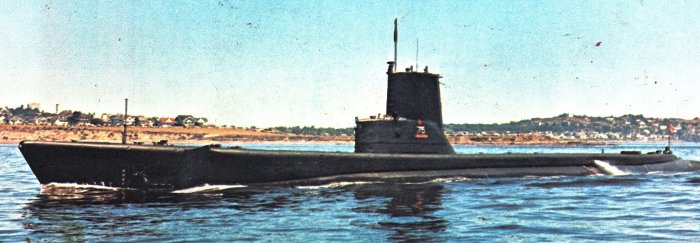
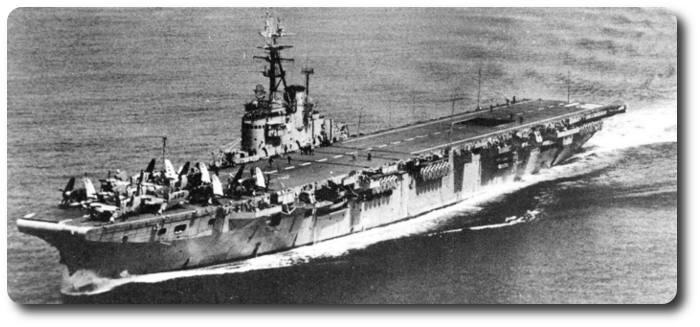



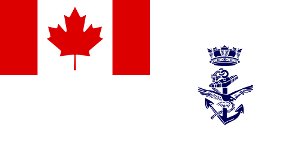

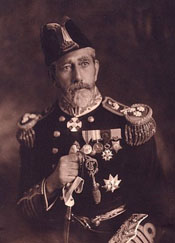
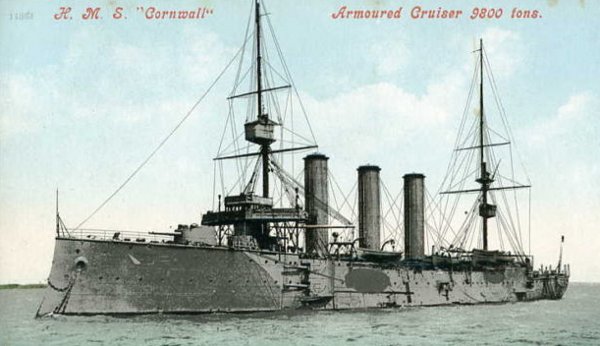

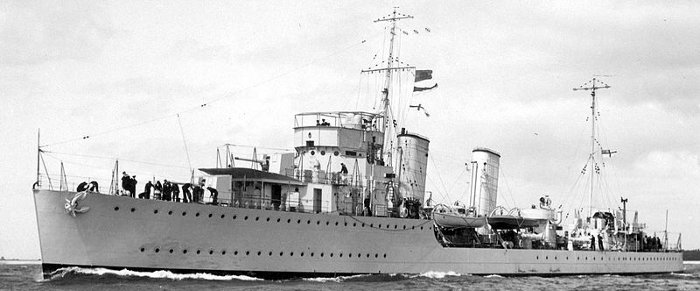
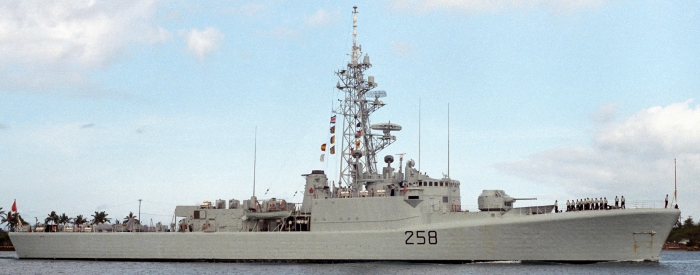
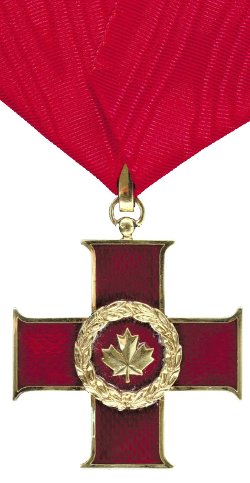
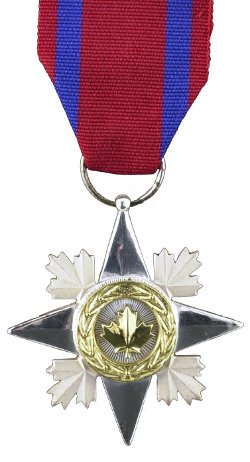
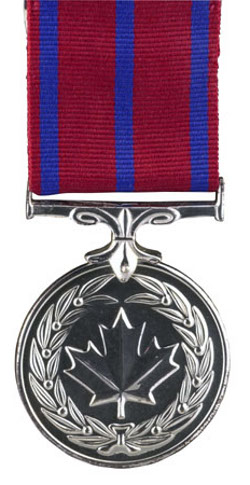
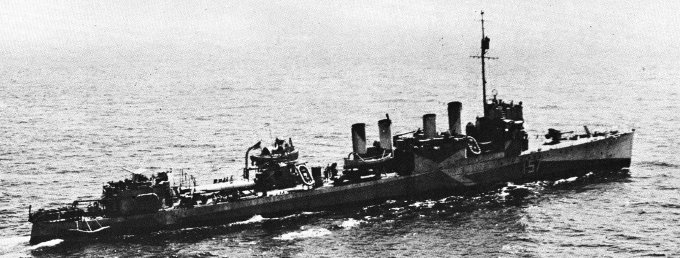
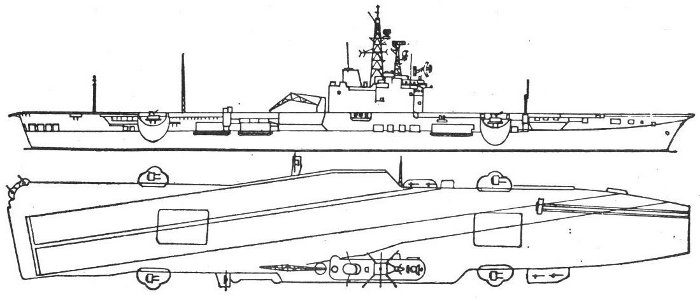
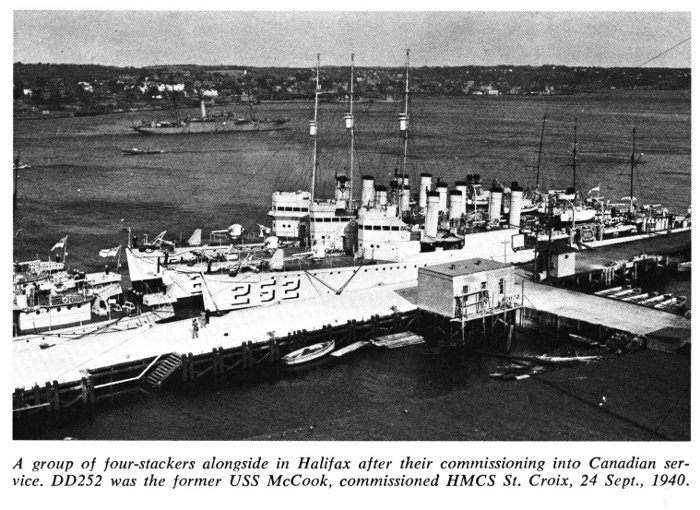
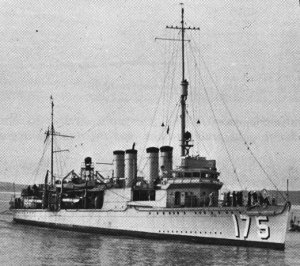 HMCS Annapolis
HMCS Annapolis